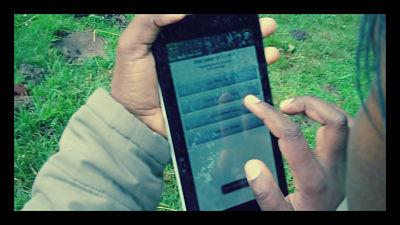Nafundi and Open Data Kit: Organizing the World

As Bill Gates discussed in his 2013 letter, data collection and maintenance is an important aspect in running nonprofit organizations in developing countries. This is especially important when it comes to using that data to help make better decisions and analyze trends and successes. Gates encourages a focus on training staff members, clinicians, and volunteers on how to meticulously keep such records.
Open Data Kits, or ODK, was started as a google.org project in 2008. ODK is an enormous mobile, web, and cloud based resource that simplifies and organizes data collection through various tools and applications. With interns and researchers from the University of Washington’s Department of Computer Science and Engineering, the project grew into a full scale organization with multiple members, companies, developers, and users.
Two of the interns, Yaw Anokwa and Carl Hartung, started their own company, Nafundi, that extends these services to individual clinics, companies, or other nonprofits that work in developing countries. Not only does Nafundi provide these services and the mobile devices to use them, they spend a significant time training users so that they can handle any issues and gain a deep understanding of what is going on with all their data.
For example, a health clinic in rural Kenya needs to record the number of patients, their illnesses, drugs prescribed, and follow-ups. After collecting all this information, there needs to be a safe way to store this information; safe from natural distress, purposeful destruction, or faulty handling from staff. Users can create forms and surveys, including images, audio recordings, videos, and most importantly mapping locations. This data is then aggregated and can be illustrated as graphs and maps, showing specific locations where there is a decline or increase in a disease.
While the initial cost of the technology to use ODK may be expensive, looking into the future cost-benefit analysis, detailed visuals of successes or failures of a clinic’s or organization’s efforts will better help them decide how to move forward. These final products could also greatly affect the willingness and understanding of donors to see how their money is being put to use.
– Deena Dulgerian
Source: opendatakit.org
Source: nafundi.com
